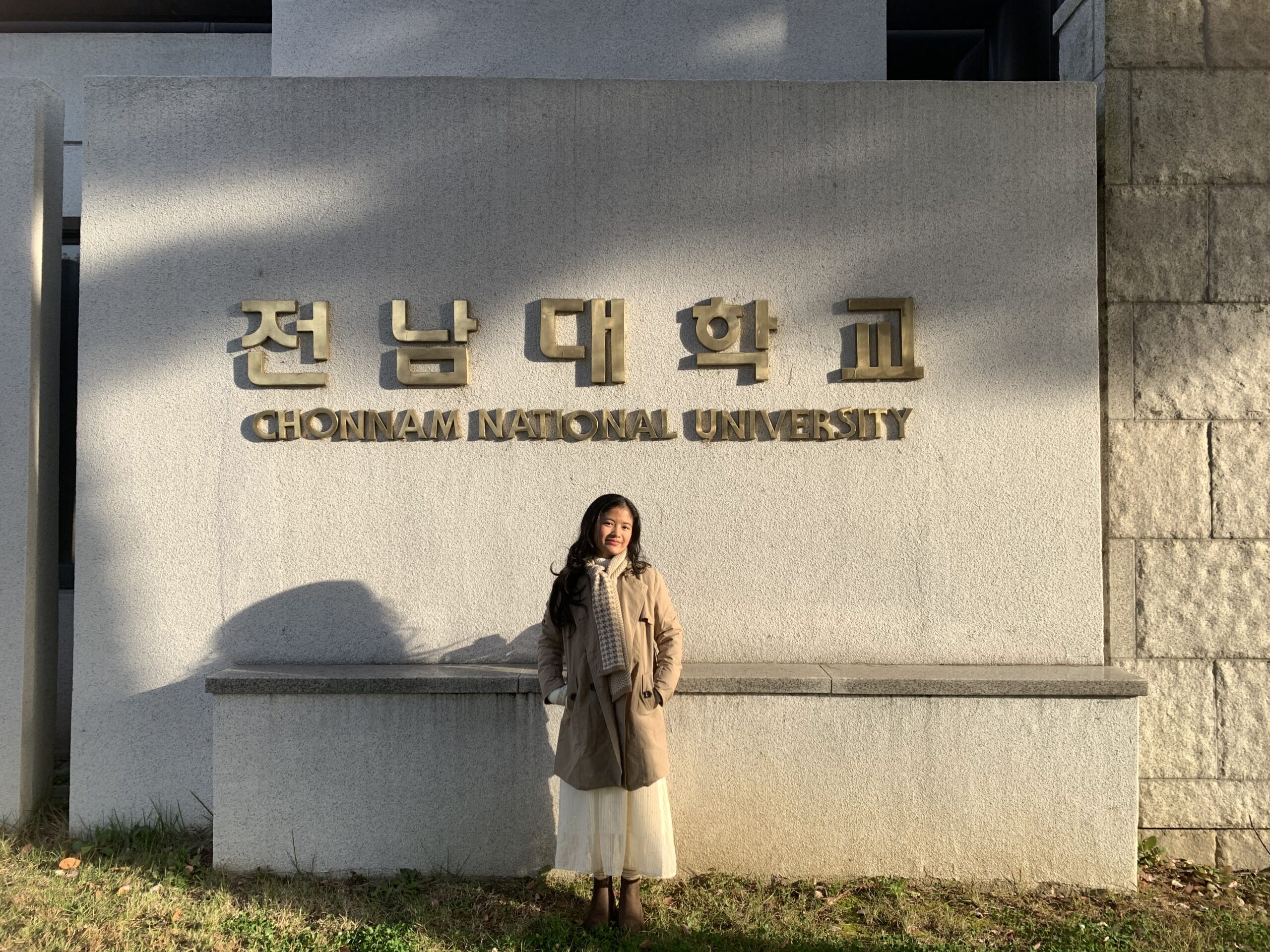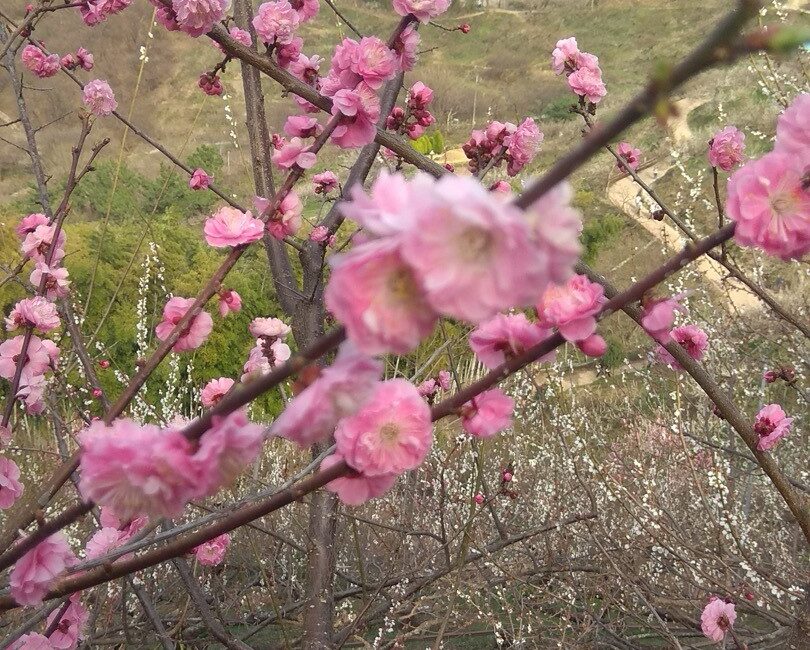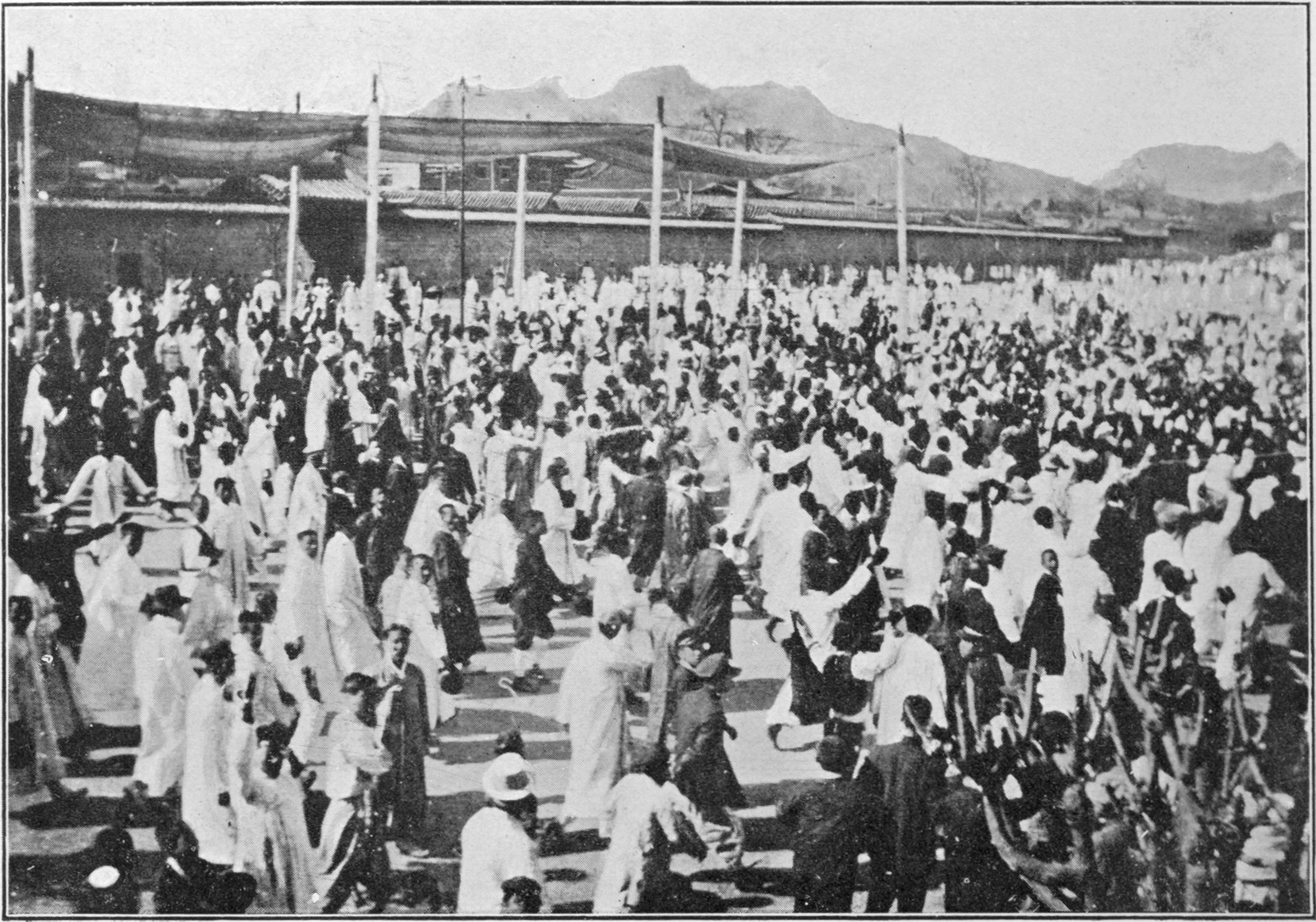Artist Talk in Gwangju: Yonghyun Lim
Interview by Aekyeong Lee.
A former film and TV producer turned artist, Yonghyun Lim navigates a world dominated by media and information through media art. When he saw the media broadcast’s vague and subjective information to the public and then how viewers carelessly absorbed and reproduced it, he started doubting the authenticity of news that media and the public shared. This impression of media led him to the UK to become a media artist after completing a master’s in fine arts at the Chelsea College of Art and Design.
The main theme of his art is “ambivalence and ambiguity of media” caused by users who reproduce information either on purpose or without critical thinking. In the process of duplication and transformation of information, the data eventually becomes falsified and distorted. The dubious information reproduced by its users can tarnish a targeted person or brainwash the public. “There are no clear boundaries between a victim and an offender in media. Anyone can be both at the same time,” Lim says1.
Let’s hear more from him through this interview with me that Lim happily agreed to.
Aekyeong Lee (AL): You say that the viewers of media misrepresent and twist information while reproducing it for various reasons, such as for purposes of entertainment or incitement. People spread twisted information without awareness, don’t they? What other factors fuel this tendency?
Yonghyun Lim: Yes, you’re right. Lack of public awareness and passive resistance are two of the main reasons for this tendency. In addition, the public constantly desires information that satisfies its needs and tastes, which creates gossip, rumors, exaggerations, and fake news.
AL: What can you do, as an artist adopting media into your art, to prevent the mass media and misinformation from deceiving the public? In your previous interview with the Gwangju Museum of Art (GMA), you said you were calling public attention to the double-faced characteristic of media. However, I reckon we need more than just a warning at this stage to make a real change, don’t we?
Yonghyun Lim: Self-awareness has a more powerful impact on our behavior. Stronger attempts to change the public’s attitude could become oppressive and restrictive, which will eventually cause side effects – discontent, outrage, and so on. For this reason, I keep questioning and warning the viewers to help them realize the problem at their own pace.
AL: Do you believe we can ever solve the problem of misinformation?
Yonghyun Lim: No. There are always going to be issues related to media as long as we’re exposed to it. I don’t expect the problems to be solved. I just try to help the public stay aware and cautious when they receive any information from the media.
AL: My favorite work of yours is “Who Is You” (2018). In this work, you ask the audience which body figure is authentic among the three: one of the two on the screen or the real-life one. The figures in this work seem to represent different identities of the viewer. I think this work warns us that media can distort us as much as it can information, which results in identity crises. I believe you also experience this by living in a society dominated by media. So, I want to turn the tables and ask who the real you is.
Yonghyun Lim: I, in real life, am the authentic one. I hope people find themselves to be authentic in real life. This is because the images in media easily conceal our authenticity. For example, your Instagram feed cannot represent the true you. It only shows a small piece of you through selected images.
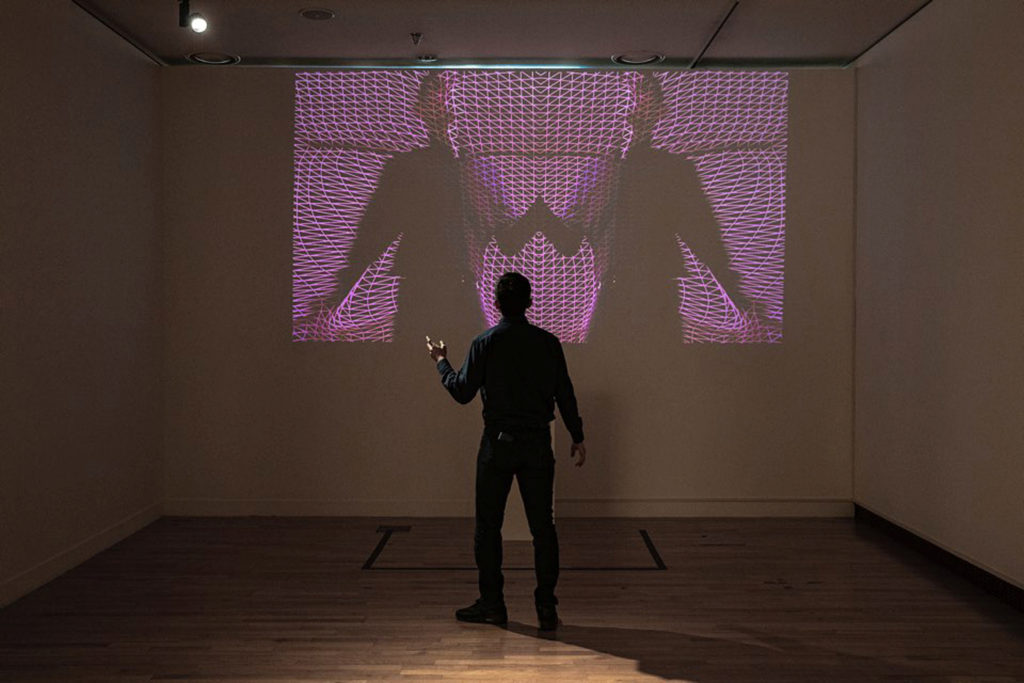
AL: I’ve learned that some of your artwork is displayed in the current exhibition at the Hajungwoong Art Museum, a branch of the GMA. Could you explain to us the exhibition and your works there? Is there any difference or change from your previous works?
Yonghyun Lim: Every year, the GMA features four young artists from around Korea for an annual exhibition. I’m one of the selected artists for this year. My works displayed in this exhibition, which is entitled “Light 20202,” convey the same messages as usual, but I tried new styles and forms this time. For example, “Shot (2020)” is an interactive piece of art that requires the audience’s physical contact to be activated, unlike most of my previous works.
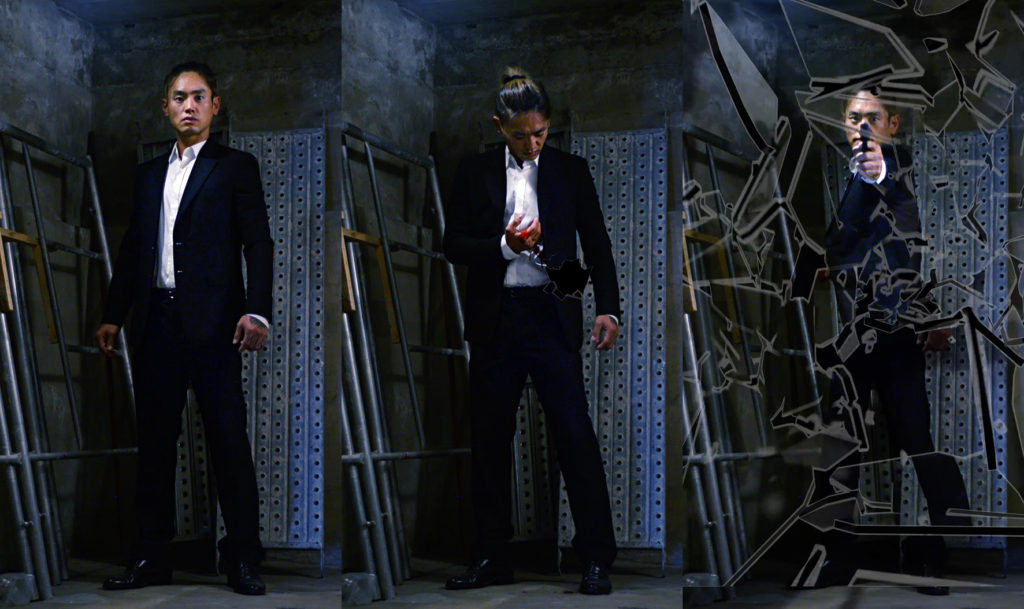
AL: Everyone in every field is suffering from COVID-19. How badly has the pandemic affected you?
Yonghyun Lim: As you might know, most exhibitions have been canceled or postponed. So have my exhibitions and projects in China. Although I’ve been holding exhibitions at private art galleries in Korea, it’s been difficult to invite and welcome visitors because of the social distancing regulations.
AL: Despite this difficult time, do you have any news about upcoming exhibitions or new projects?
Yonghyun Lim: I’m thinking of focusing on projection mapping3 more because it’s the most suitable technique for the theme of my work. My “media façade” is going to be projected on the wall of the old Jeollanam-do Provincial Office at the ACC during the Gwangju Media Art Festival this October. You can also come to Damyang and see my live façade show at the Haedong Art and Culture Platform this December.
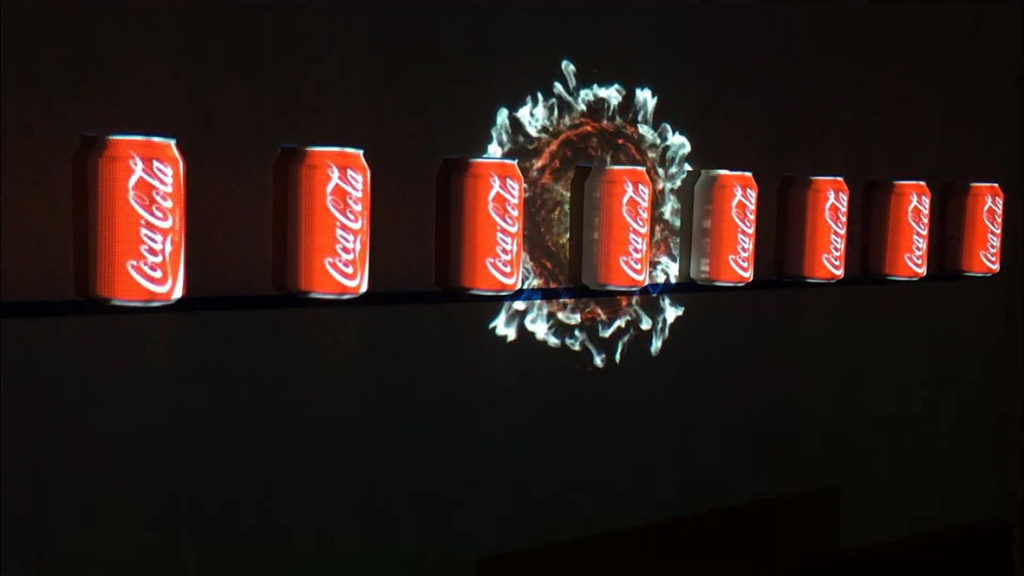
AL: Finally, yet still importantly, could you describe the art of Gwangju as a local media artist to our readers?
Yonghyun Lim: Gwangju is one of the best cities for artists, especially those who use media for their work. This is not only because Gwangju has been designated a city of media art by UNESCO but also because there are lots of supportive organizations and programs for artists in this city. The support from organizations provides local artists with more and better opportunities for self-development. Regarding art in Gwangju, it has a unique characteristic in its form. There seem to be more artists who use lights than video or kinetic techniques.
AL: Might that be because Gwangju is the “City of Light?”
Yonghyun Lim: Maybe. However, I hope you remember Gwangju is the “City of Art” as well.
Footnotes
1 Gwangju Museum of Art. (2020). 2020년 광주시립미술관 임용현 작가 [Interview]. YouTube. https://www.youtube.com/watch?v=jpeW34NhnUE
2 The latest works of his are on display at the exhibition, “Light 2020,” in Hajungwoong Art Museum from August 22 to November 29. For his previous works, please visit his website: http://08anaki4.wixsite.com/jackie
3 Projection mapping is a form of media art that projects and masks the surface of 3D or 2D objects.
The Author
Aekyeong Leeis a manager of the International Residency and a curatorial assistant at the Gwangju Museum of Art. After earning an MA in art museum and gallery studies in the U.K., she wanted to start a dialogue about art in her hometown of Gwangju with those who have diverse backgrounds. With a great interest in hearing from different perspectives, she has begun this dialogue by interviewing local artists and art enthusiasts.


